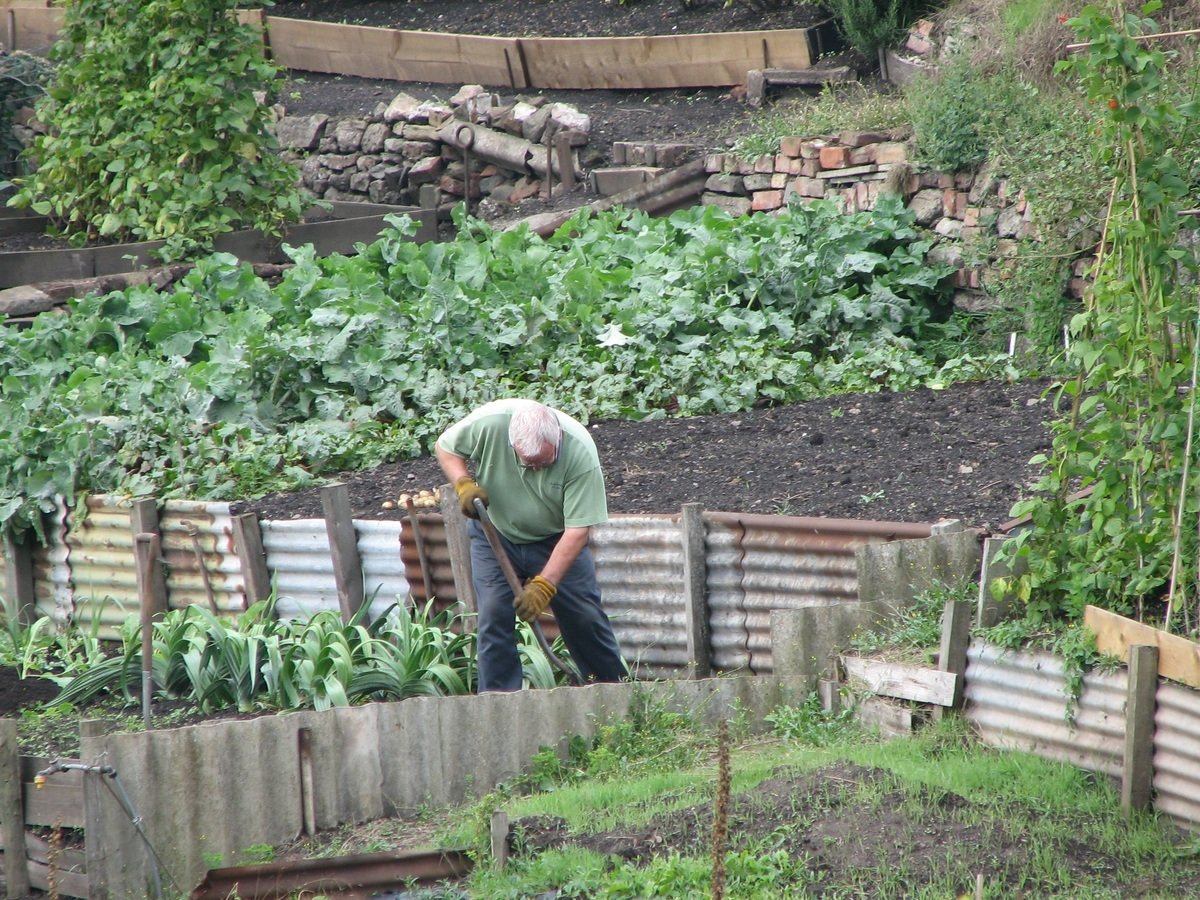According to a Deep Roots Project, homeowners use as much as ten times more chemicals on their lawns than farmers do on crops.
While maintaining a healthy lawn organically may seem challenging, it is, in fact, far less demanding than you may think.

However, it’s far too quick and easy to grab a bag of fertilizer, especially when the alternative requires breaking a sweat or dedicating some time.
Yet, it is just as easy to maintain your lawn purely organically as it is by using pesticides.
Many lawn care experts like Seeds of Change advise going organic as an often much better alternative to pesticides.
Here are four organic lawn care tips to try this spring:
Your first step on the organic journey with your lawn is a soil test. It is the only way to learn which nutrients it lacks to prepare the right organic amendments.
For example, if the soil is deficient in calcium, you can top-dress it with gypsum. Likewise, a healthy dose of the mineral langbeinite effectively substitutes magnesium in soil that lacks this vital mineral.
To conduct a test, you should dig up several soil samples from different spots on your lawn. In total, you should dig up two cups of soil and send them to a specialized lab for analysis.
University extension offices and local nurseries usually provide soil-sample kits.
Once you learn which amendments your soil needs, it’s time to prepare the lawn. Start by mowing the grass and pulling out weeds to let your soil breathe.
It will enable it to absorb all the healthy nutrients you provide through amendments.
Regardless of the test results, you’ll need to add essential organic nutrients to the soil by spreading compost all over your lawn. Experts consider adding compost the basic of healthy, organic lawn care.
Compost significantly improves soil structure, and it is filled with beneficial organisms like algae, fungi, and bacteria. They help keep your lawn healthy and well-nourished.
The healthiest compost consists of decomposed organic plant material. It is most similar to the little bits of branches, leaves, and other plant material you usually find on forest floors.
You can buy organic compost at nurseries, or, if there’s enough of it, you can use your yard waste.
Luckily, more and more people are interested in organic gardening, so many municipalities feature composting programs.
They sometimes provide discounted composting bins in addition to providing information on correct composting.
Some experts suggest making a compost tea and spraying it over your lawn once every couple of weeks.
Read Also:
Choosing the right type of grass is essential for a healthy, lush lawn. Remember that lawn grass requires four inches of quality soil to sink the roots, regardless of its type.
If needed, amend the soil and aerate it to give the seeds the best possible chance of sprouting.
It’s best to use a mechanical seeder and use a specific mixture of grasses for your region. With the right mix, diseases won’t affect every blade, and most of your grass will survive.
Growing conditions are also vital when you start planting. The majority of lawn grasses prefer full exposure to sunlight, but some of them tolerate moderate shade.
If you have a lot of shade over the lawn, you may want to consider specific grasses that dwell in the shadow.
You should always top-dress the lawn as soon as you plant the seeds. Spread peat moss, coconut, fiber, screened compost, or topsoil over the yard.
Then, make sure you keep the area damp for two weeks. After three weeks pass, your grass should be ready for mowing.
There are several things all experts agree on, and one of them is to lawn only when you feel it’s necessary. Tallgrass is usually much healthier and more vigorous than short grass.
Additionally, once the temperatures heat up, the grass usually goes dormant and requires minimal mowing.
However, when you do mow, make sure not to cut the grass too short. Also, remember to always trim later in the day when the temperatures drop.
Taller grass grows deeper roots which provide it with easier access to nutrients and water. Because it has a larger leaf area, it also shadows out weeds.
Organic lawn care includes providing the grass with all necessary conditions, and experts say grass grows best when you keep it at least three inches tall.
Low water pressure in the house can be more than just a minor inconvenience; it…
Crowdfunding is a busy world, and an attractive video can make all the difference between…
Find the ideal prayer mat for a deeper spiritual experience with our guide on materials,…
Avoid costly damage with expert tips on preventing and fixing bad plumbing. Protect your home…
Discover why Chesterfield sofas are ideal for seniors: effortless use, ultimate comfort, easy maintenance, and…
In the realm of interior design, the quest for striking yet versatile elements often leads…